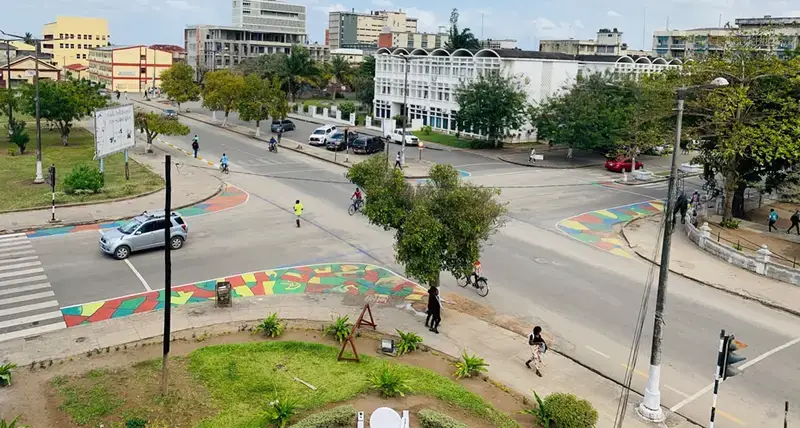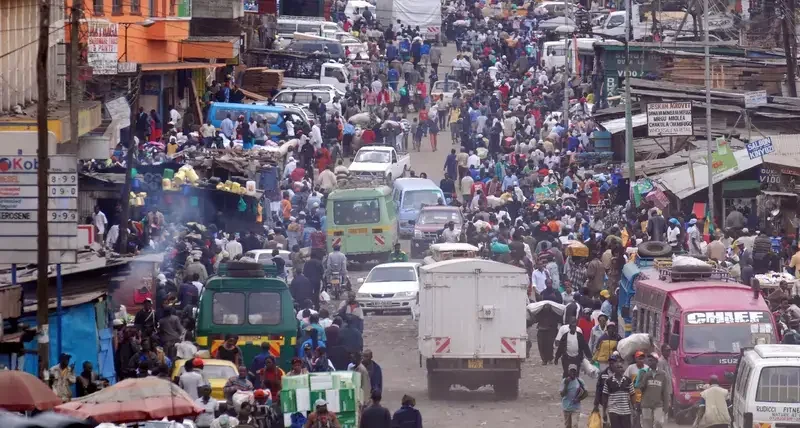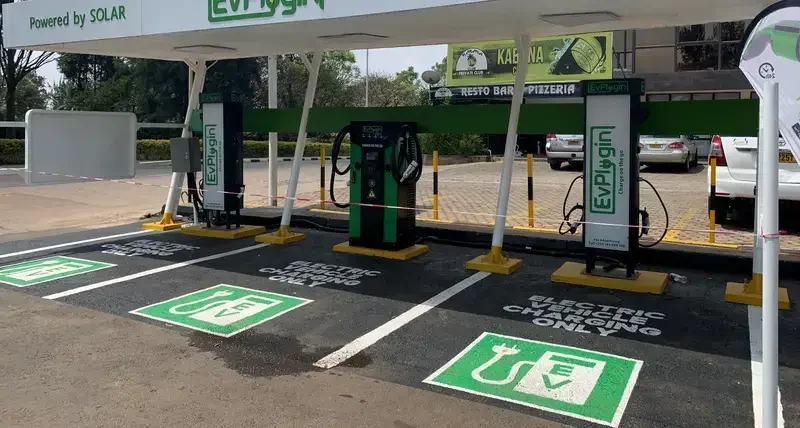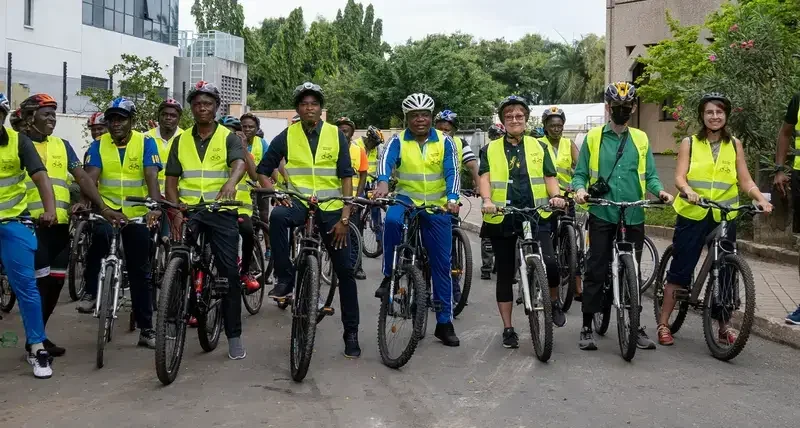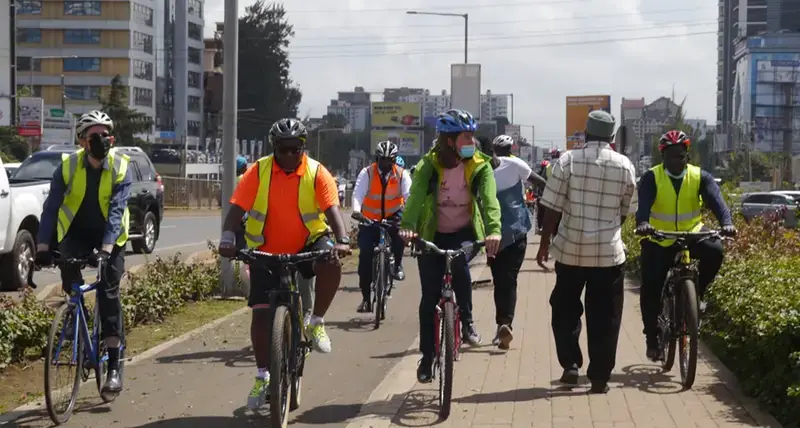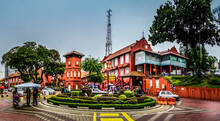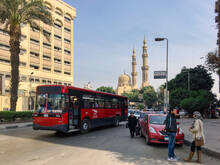Overview
Mobility is a fundamental urban basic service, shaping the spatial structure of cities and influencing equitable access to opportunities, public services, and housing. As cities expand, transport systems play a critical role in ensuring social inclusion and economic productivity while reducing environmental impacts. By 2050, total passenger travel demand could increase three to four times compared to 2000, and freight movement could more than triple—underscoring the urgent need for integrated, climate-responsive, and inclusive mobility systems to support sustainable urbanisation.
The Challenge
As of 2023, cities worldwide are grappling with severe traffic congestion, with road crashes claiming 3,260 lives daily and transport-related emissions accounting for nearly a quarter of all energy-related greenhouse gas emissions. To address these challenges, there is an urgent need for safer, more affordable, accessible, integrated, and sustainable transport systems that leverage emerging technologies to reduce congestion, preventable crashes, and air pollution.
However, the traditional response —expanding car-centric infrastructure to accommodate the ever-growing car demand— has only perpetuated the problem. This approach fuels urban sprawl, increases car dependency, and triggers a cycle of ever-growing demand for infrastructure, further exacerbating congestion and environmental degradation. Breaking this cycle requires a transformative shift towards people-centred urban mobility solutions that prioritise active transport, public transit, and climate resilience for more liveable, sustainable cities.
Enhance your Knowledge in Urban Mobility
Build your expertise at UN-Habitat's e-learning platform and unlock a world of Urban Mobility challenges, solutions and innovations. All courses are free and accessible to everyone.
Rethinking Urban Mobility: A Shift Towards Accessibility and Sustainability
To address the urban mobility challenge, a paradigm shift in urban planning is essential. The focus should be on creating compact cities with mixed land use to enhance accessibility and reduce the need for travel. Urban planning must be people-centred, aiming to minimise travel distances, increase the modal share of sustainable modes, and optimise emissions, following the ASI (Avoid-Shift-Improve) framework.
A critical element of this shift is Transit-Oriented Development (TOD), which clusters development around public transport hubs. TOD promotes car-free living by making high-quality, accessible, and sustainable public transport the backbone of urban mobility. Public transport systems should offer high capacity, broad coverage, and low emissions, reducing reliance on private vehicles. In this context, cities must develop public transport that is accessible, affordable, and efficient for all residents, especially low-income communities.
Given that most trips involve multiple transport modes, cities must invest in multi-modal systems and ensure seamless integration. High-capacity transport modes, such as metro or BRT, should be linked with feeder services and well integrated with active mobility modes to maximise efficiency. Improving “last-mile access” is key to ensuring that residents can easily connect to public transport. Furthermore, urban spaces need to be redesigned to prioritize safety, especially for the vulnerable road users, such as pedestrians and cyclists. Streets should be designed with dedicated walkways, safe crossings, and cycling lanes.
In sum, to transform urban mobility, cities must adopt a holistic, sustainable approach that integrates land use, active mobility, public transport, and safety measures. This approach will create more resilient, accessible, and liveable urban environments.
UN-Habitat's services and expertise
UN-Habitat provides knowledge, advocacy, and technical assistance to support national and local governments in developing sustainable urban mobility plans and investment strategies. In collaboration with partner governments, UN-Habitat will initiate stakeholder consultations to create mobility strategies tailored to local needs and feasible in terms of financing, implementation, and operations.
UN-Habitat offers international expertise and best practices while strengthening the technical capacity of governments through training on compact development, public transport systems, pedestrian and cyclist infrastructure, and multi-modal transport integration. Financing partners will be closely involved to ensure realistic implementation.
Impact
Donors and partners
Addressing the mobility challenge requires strategic planning and coordination from national and local governments. Working towards accessibility, UN-Habitat offers a comprehensive package of knowledge, advocacy, and technical assistance based on international best practices to support governments in the development and implementation of sustainable urban mobility plans and investment strategies. UN-Habitat, in collaboration with partners, promotes broad consultation processes of stakeholders to develop mobility strategies that are adapted to local needs and particularities, with a focus on groups in vulnerable situations.
Partners
- Internationale Zusammenarbeit (GIZ) GmbH
Our Experts
Videos
GLOBAL FUTURE CITIES PROJECT: Ankara Bicycle Project
Ankara is the capital of Turkey and is Turkey’s political and administrative core. With a current population of 5.4 million, the capital has experienced rapid growth during recent decades. The Global Future Cities Programme aims to support the municipality in the preparation of a city-wide Bicycle Strategy and Master Plan, as well as assisting the pilot implementation development in a prioritized area of the city. More about the project please read on the Global Future Cities Programme’s knowledge sharing platform.
